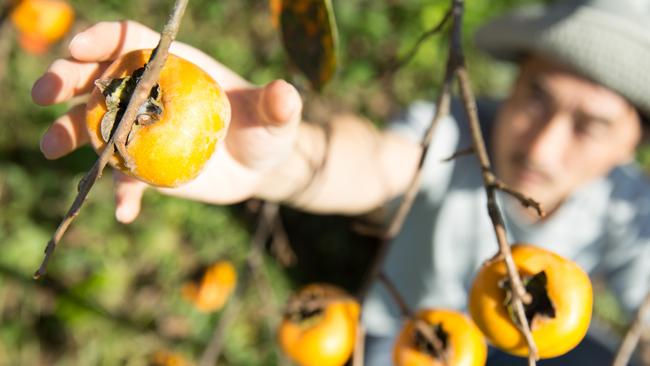Floods, fires… and ferals
Think bitcoin is a risky investment? Try producing food. The last decade has seen the rural version of World War III.

I’m writing these words early on a Saturday morning. Up at dawn to find the world white with frost, deep in fog and below freezing. Time to let the sheep out of the pen – I muster them in at night, mainly to protect the newborn lambs from wild dogs. I didn’t find the whole flock then but they’re all there now – in the mist, many with lambs, huddling for warmth by the shearing shed.
Once a significant producer of merino wool, Elmswood’s shed is straight out of the classic Tom Roberts painting. These days we keep just one small flock of Shropshires, a rare breed. Conducting the daily census, I see the Shroppies are dropping a lot of black lambs – and then spy something extraordinary, almost magical. Trying to hide amidst the sheep – a young deer. Bambi among the baa-lambs.
We see feral deer from time to time, and some run with the cattle. They’re just one species in the Noah’s Ark we’ve felt like building during the recent floods. Other ferals include goats, pigs, foxes, dogs, cats, hares and, yes, rabbits. Though no longer in plague numbers, the bunnies survive both myxo and calicivirus. And don’t forget the feral fish – the European carp that wreck rivers.
The pigs are a problem – hybrids from interbreeding between wild boars and domestic escapees. Dangerous when cornered, these living bulldozers brush aside fences and wreck crops, turning paddocks into parodies of no-man’s-lands in the trench warfare of World War I. Much smaller but just as bad have been the rats and mice – the plagues of rodents that all but destroyed homestead crops. Having vandalised our 4WDs, they then munched on the wiring in my sedan. That cost thousands.
Adding to the biblical plagues – and thank God for sparing us the locusts – we have feral plants. Fortunately, prickly pear no longer smothers the landscape. Three cheers for Cactoblastis cactorum, the bio control moth whose larvae eat the noxious weed. Equally fortunate, the insect didn’t get out of control like the toad introduced to protect the cane fields. (At this point let us note the latest horror story – the varroa mite threatening our precious beehives.)
Other feral plants were escapees from the colonialists’ domestic gardens. The unstoppable blackberry and the tenacious briar rose. As organic farmers we don’t spray pesticides but those who do have little success. “Weed” is a misnomer, a pejorative applied to plants in the wrong place. And I haven’t the space to name and shame them. But over the years they’ve given me months of backbreaking work as I’ve tried to fight back with hoes. Now 83, all I can do is glare at them.
The last decade has seen the rural version of World War III, made worse by the ultimate WMD of climate change. Behold the deepest droughts, the floodiest floods, the most apocalyptic bushfires. Plus the unpredictability of the seasons – making it harder to predict the sowing or harvesting of crops. Hence the need to abandon traditional crops and plant things you’ve never tried before. Think bitcoin is a risky investment? Try producing food.
You do it because you love it. Because of the delight in, for example, finding a deer hanging out with your Shroppies. But the odds of winning are 10 times better at that hellhole of a Crown casino. Little wonder farmers themselves are going feral.




To join the conversation, please log in. Don't have an account? Register
Join the conversation, you are commenting as Logout